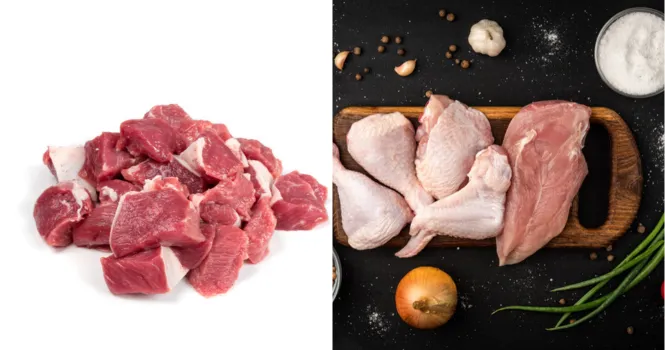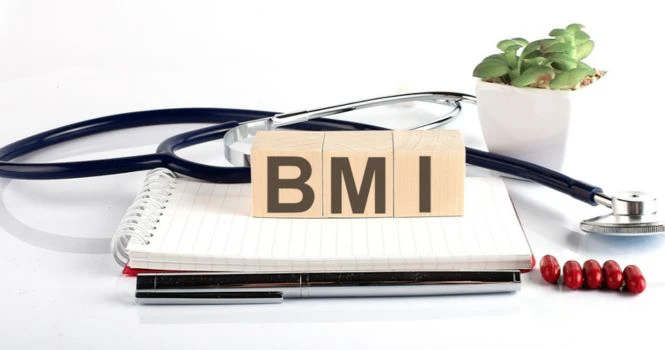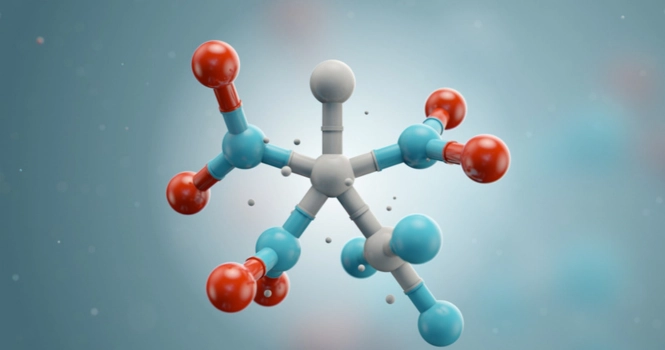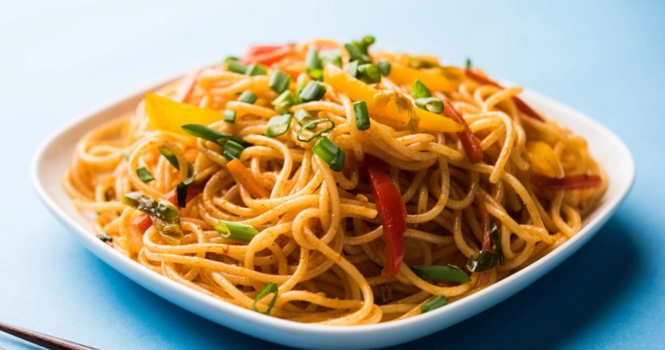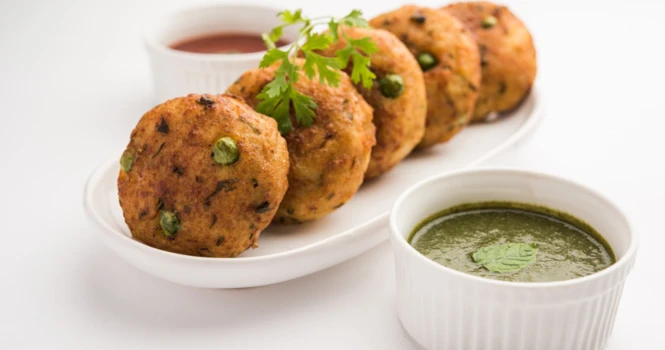Best 12 Protein-Packed Grains for a Balanced Diet
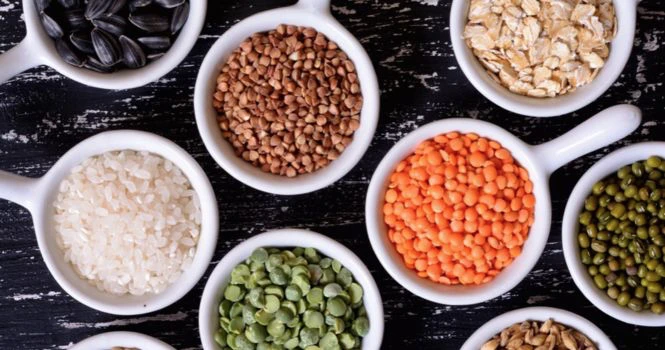
Introducing the Best 12 Protein-Packed Grains for a Balanced Diet!
These nutrient-dense powerhouses offer an excellent way to incorporate essential amino acids, fiber, vitamins, and minerals into your daily meals.
Not only do they support overall health and well-being, but they also provide a great alternative to animal-based proteins for vegetarians and vegans. From ancient grains like quinoa and amaranth to familiar favorites like oats and brown rice, each of these grains offers unique benefits and flavors to help you create delicious, satisfying dishes.
Read on to discover the top 12 protein-packed grains that will help you maintain a balanced and wholesome diet.
Why Protein Grains are Important in a Balanced Diet?
Protein grains play a crucial role in a balanced diet due to their numerous health benefits and versatility. Incorporating these nutrient-rich grains into your meals can have significant positive effects on your overall well-being:
1. High-quality protein source: Protein grains are an excellent source of essential amino acids that our body needs for various functions, such as growth, repair, and maintenance of tissues. They provide a plant-based protein alternative for vegetarians, vegans, and those looking to reduce their meat consumption.
2. Rich in fiber: Protein grains are often high in fiber, which promotes digestive health, aids in weight management, and helps regulate blood sugar levels. A high-fiber diet can also lower cholesterol levels and reduce the risk of heart disease.
3. Packed with vitamins and minerals: These grains are loaded with essential micronutrients, such as B vitamins, iron, magnesium, and zinc, which support energy production, immune function, and overall health.
4. Gluten-free options: Some protein grains like quinoa, amaranth, and buckwheat are naturally gluten-free, making them suitable for individuals with celiac disease or gluten sensitivity.
5. Versatility in cooking: Protein grains can be incorporated into various dishes, such as salads, soups, stir-fries, and baked goods, allowing you to enjoy a diverse range of nutritious meals.
6. Sustainability: Plant-based protein sources like grains have a lower environmental impact than animal-based proteins, making them a more sustainable choice for the planet.
7. Improved satiety: Protein and fiber in these grains help keep you fuller for longer, which can aid in weight management and prevent overeating.
Incorporating protein grains into a balanced diet can help you achieve optimal health, maintain a healthy weight, and contribute to a more sustainable food system.
Read more about Best Diet Plan for 7 Days
Recommended Protein Intake
Recommended protein intake can be calculated based on body weight. This method accounts for individual differences in weight, providing a more personalized estimate.
The general recommendation for protein intake is 0.8 grams of protein per kilogram of body weight for adults.
However, this value may vary depending on factors such as age, activity level, and health status. Here’s a simple guideline:
| Population Group | Protein Intake (g/kg body weight) |
| Sedentary Adults | 0.8 |
| Active Adults | 1.2 – 1.4 |
| Strength training athletes | 1.6 – 1.7 |
| Endurance athletes | 1.2 – 1.4 |
| Pregnant and Lactating | 1.1 – 1.3 |
To calculate your protein intake based on body weight, follow these steps:
1. Convert your body weight from pounds to kilograms: Divide your weight in pounds by 2.2046.
2. Multiply your weight in kilograms by the appropriate protein intake value (g/kg body weight) from the table above.
For example, if you weigh 150 pounds (68 kg) and are a sedentary adult, your recommended daily protein intake would be:
68 kg x 0.8 g/kg = 54.4 grams of protein per day
Keep in mind that individual protein needs can vary, and it’s important to consult with a healthcare professional or registered dietitian for personalized advice.
Health Benefits of Proteins
Proteins are essential macronutrients that serve as the building blocks of our body. They play a vital role in numerous biological processes, and consuming adequate amounts of protein is crucial for maintaining optimal health. Here are some key health benefits of proteins:
1. Growth and repair: Proteins are essential for the growth and maintenance of muscles, bones, skin, and other tissues. They help repair damaged cells and promote the growth of new ones, which is especially important during periods of growth, injury recovery, or intense physical activity.
2. Hormone regulation: Proteins are involved in the synthesis of various hormones, such as insulin and growth hormone, which are crucial for regulating metabolism, growth, and other physiological processes.
3. Enzymatic functions: Proteins serve as enzymes, which are biological catalysts that facilitate thousands of chemical reactions in our body. They help in digestion, energy production, and other essential metabolic processes.
4. Immune function: Proteins form antibodies that help protect the body from infections and diseases by recognizing and neutralizing foreign invaders like bacteria and viruses.
5. Fluid and electrolyte balance: Proteins help maintain proper fluid balance in the body by regulating the movement of fluids in and out of cells. They also play a role in maintaining the balance of electrolytes, such as sodium and potassium.
6. Transportation and storage: Proteins are involved in the transportation of various substances within the body, including oxygen, vitamins, and minerals. They also help store certain nutrients, such as iron, for future use.
7. Energy source: Although proteins are primarily used for structural and functional purposes, they can also serve as an energy source when carbohydrate and fat stores are depleted.
List of High Protein Grains
| Grain | Serving Size (100g) | Protein Content | Fiber Content | Carbohydrate Content |
| Quinoa | 1 cup (185g) | 14g | 2.8g | 39g |
| Amaranth | 1 cup (246g) | 14g | 18g | 46g |
| Farro | 1 cup (200g) | 6g | 5g | 35g |
| Barley | 1 cup (157g) | 3.5g | 6g | 73g |
| Teff | 1 cup (252g) | 4g | 9g | 57g |
| Spelt | 1 cup (194g) | 5.5g | 7g | 41g |
| Buckwheat | 1 cup (168g) | 3.4g | 4.5g | 34g |
| Kamut | 1 cup (186g) | 5.5g | 10g | 40g |
| Bulgur | 1 cup (182g) | 3.1g | 8g | 38g |
| Brown Rice | 1 cup (195g) | 2.6g | 1.8g | 45g |
| Oats | 1 cup (156g) | 2.4g | 10.1g | 66g |
| Millet | 1 cup (174g) | 3.5g | 2.3g | 41g |
List of 12 Commonly Used Protein Grains
| Grain | Serving Size (100g) | Protein Content | Fiber Content | Carbohydrate Content |
| Lentils | 1 cup (198g) | 18g | 15g | 40g |
| Chickpeas | 1 cup (164g) | 15g | 12g | 45g |
| Moong Dal | 1 cup (207g) | 24g | 16g | 59g |
| Toor Dal | 1 cup (200g) | 22g | 15g | 53g |
| Urad Dal | 1 cup (207g) | 25g | 18g | 51g |
| Masoor Dal | 1 cup (200g) | 25g | 16g | 45g |
| Chana Dal | 1 cup (202g) | 20g | 17g | 60g |
| Rajma (Kidney Beans) | 1 cup (177g) | 15g | 13g | 41g |
| Soybeans | 1 cup (172g) | 36g | 17g | 30g |
| Quinoa | 1 cup (185g) | 14g | 2.8g | 39g |
| Amaranth | 1 cup (246g) | 14g | 18g | 46g |
| Buckwheat | 1 cup (168g) | 3.4g | 4.5g | 34g |
Frequently Asked Questions
Which grain is highest in protein?
Quinoa is one of the grains with the highest protein content, containing all nine essential amino acids. It has about 14 grams of protein per 100 grams.
What is the healthiest grain for protein?
Quinoa is considered the healthiest grain for protein as it is a complete protein source, rich in fiber, and gluten-free.
What are the 5 healthiest grains?
Some of the healthiest grains include:
- Quinoa
- Brown rice
- Barley
- Oats
- Whole wheat
What foods are a balanced diet protein?
A balanced diet should include a variety of protein sources, such as lean meats, poultry, fish, beans, lentils, tofu, tempeh, edamame, low-fat dairy, eggs, nuts, and seeds.
Which Indian grain has the highest protein?
Among Indian grains, quinoa is the highest in protein content. However, if considering traditional Indian grains, amaranth (rajgira) and finger millet (ragi) are relatively high in protein.
Which grain has complete protein?
Quinoa is a grain that contains complete protein, meaning it has all nine essential amino acids required by the human body.
Which Dal has the highest protein?
Among various types of dals, black gram (urad dal) and chickpeas (chana dal) have a relatively higher protein content, with about 20-25 grams of protein per 100 grams.
Which grain is best for daily use?
The best grain for daily use depends on individual preferences, dietary requirements, and regional availability. Some healthy options for daily use include whole wheat, brown rice, oats, and quinoa.
What are 2 healthy grain options?
Two healthy grain options are quinoa and brown rice. Both are high in fiber, vitamins, and minerals and can be easily incorporated into various dishes.
What are the 7 main grains?
The 7 main grains can vary depending on the region, but they often include:
- Wheat
- Rice
- Corn (Maize)
- Barley
- Oats
- Rye
- Millet
What are the 5 super grains?
Five super grains that are nutrient-dense and offer various health benefits are:
- Quinoa
- Amarnath
- Teff
- Farro (emmer)
- Freekeh
Which grain is a superfood?
Quinoa is often considered a superfood due to its high protein content, complete amino acid profile, and numerous vitamins and minerals.
What are 20 protein foods?
Some high-protein foods include:
- Chicken breast
- Turkey
- Lean beef
- Pork loin
- Fish (e.g., salmon, tuna)
- Shrimp
- Tofu
- Tempeh
- Edamame
- Eggs
- Greek yogurt
- Cottage cheese
- Almonds
- Peanuts
- Walnuts
- Quinoa
- Lentils
- Chickpeas
- Black beans
- Chia seeds
What are the 7 food types of a balanced diet?
The 7 food types that make up a balanced diet are:
- Fruits
- Vegetables
- Grains (preferably whole grains)
- Protein sources (lean meats, poultry, fish, beans, and nuts)
- Dairy (low-fat or fat-free milk, yogurt, and cheese)
- Fats (healthy fats like avocados, nuts, seeds, and olive oil)
- Water
Which 7 foods are essential for a balanced diet?
A balanced diet should include a variety of foods from different food groups. Seven examples of essential foods are:
- Leafy greens (e.g., spinach, kale)
- Colorful vegetables (e.g., bell peppers, carrots)
- Whole grains (e.g., quinoa, brown rice)
- Lean protein (e.g., chicken, fish, tofu)
- Dairy or dairy alternatives (e.g., yogurt, almond milk)
- Nuts and seeds (e.g., almonds, chia seeds)
- Fruits (e.g., berries, apples)
Grains high in protein, low in carbs
Some grains with a relatively higher protein content and lower carbohydrate content include:
a. Quinoa
b. Amaranth
c. Teff
d. Farro (emmer)
e. Freekeh
Which seeds are high in protein?
Some seeds high in protein include:
a. Hemp seeds
b. Chia seeds
c. Pumpkin seeds (pepitas)
d. Sunflower seeds
e. Flaxseeds
f. Sesame seeds
Are whole grains high in protein?
Whole grains generally contain more protein than refined grains. Some whole grains that are relatively higher in protein include quinoa, teff, amaranth, and farro.
Is quinoa high in protein?
Yes, quinoa is high in protein. It contains about 14 grams of protein per 100 grams and is considered a complete protein source, as it contains all nine essential amino acids.
How can I get 50 grams of protein?
To get 50 grams of protein, you can consume a combination of high-protein foods, such as:
a. 100 grams of chicken breast (about 30 grams of protein)
b. 1 cup of cooked quinoa (about 8 grams of protein)
c. 2 large eggs (about 12 grams of protein)
What foods are pure protein?
No food is made entirely of pure protein, but some foods are predominantly protein, with minimal amounts of carbohydrates and fats. Examples include:
a. Lean meats (chicken, turkey, lean beef)
b. Fish (salmon, tuna, cod)
c. Egg whites
d. Low-fat dairy products (Greek yogurt, cottage cheese)
e. Protein powders (whey, casein, pea, rice, hemp)
Which fruit has the most protein?
Guava is a fruit that contains a relatively higher amount of protein, with around 4.2 grams of protein per cup.
Which nut is best for protein?
Almonds are considered one of the best nuts for protein, containing about 6 grams of protein per ounce (28 grams). Other nuts high in protein include pistachios, peanuts, and walnuts.
Sources
National Institutes of Health (NIH):
The NIH’s Office of Dietary Supplements provides information on various nutrients, including protein, as well as information on dietary supplements and their effectiveness. You can find information on protein here: https://ods.od.nih.gov/factsheets/Protein-Consumer/
![]()




